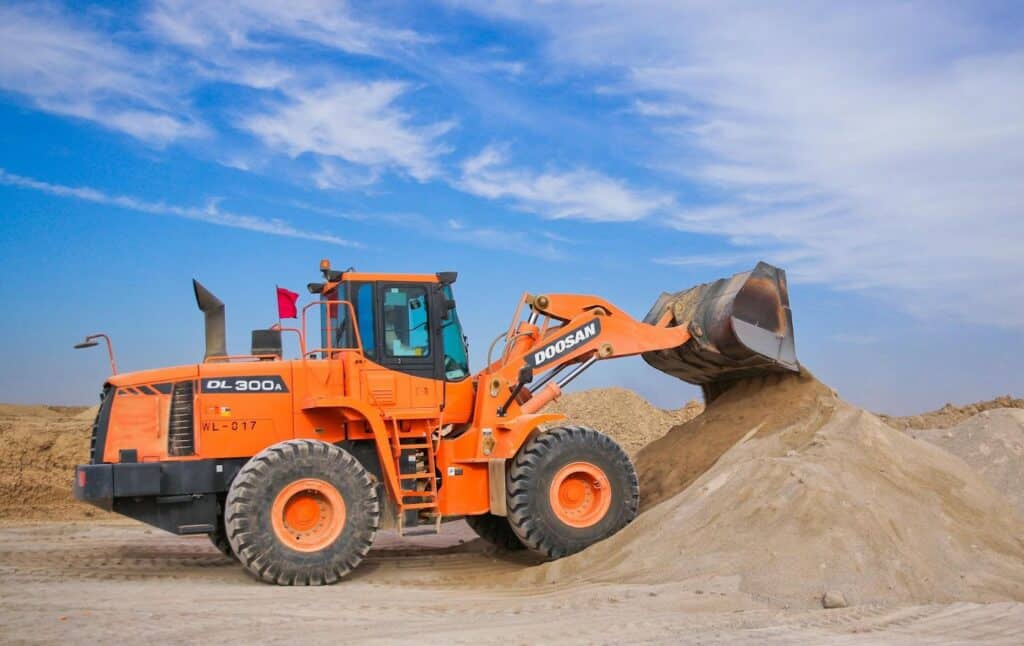Excavation is the critical first step in any modern construction project, laying the groundwork for everything that follows. It’s a complex process that ensures stability, safety, and long-term durability. From clearing and grading the land to preparing for utilities and drainage, excavation sets the stage for successful building outcomes. With advanced technologies and precise planning, today’s excavation practices support faster, safer, and more efficient construction. This article explores how excavation plays a vital role in shaping the foundation for success in the construction world.

Site Preparation
Site preparation is one of the most essential phases of any construction project, as it sets the physical and logistical stage for everything that follows. This process involves clearing away vegetation, debris, and existing structures, then grading the terrain to create a stable, level surface. Specialized equipment is used to streamline this work, and tools like a grapple attachment, which is often connected to an excavator or skid steer, help efficiently move large materials such as logs, rocks, and demolition remnants. By removing obstacles and shaping the land properly, contractors ensure the foundation can be laid without complications, reducing the risk of future structural or drainage issues.
Foundation Support
One of the primary goals of excavation is to create a strong foundation, the literal base upon which every structure depends. Depending on the type and size of the building, different foundation systems may be used, such as slab-on-grade, crawl space, or deep foundation piers. Excavation ensures that the soil beneath the foundation is stable, properly compacted, and capable of bearing the structure’s weight. Engineers often conduct geotechnical surveys before excavation begins to determine soil characteristics and identify potential issues like expansive clay or high groundwater levels. By addressing these challenges early, excavation helps prevent future structural problems such as foundation cracks, settling, or tilting. Excavation is about strategically crafting the groundwork to uphold the architect’s vision and the building’s safety.
Where project constraints require deep, discrete elements rather than continuous footings, auger-cast piles offer a low-vibration solution that minimizes spoil removal and disturbance to adjacent structures. The technique involves drilling with a continuous-flight auger and pumping a steady column of concrete or grout as the auger is withdrawn, producing a cast-in-place pile that reaches competent strata. Proper delivery relies on robust pumping equipment to maintain continuous placement; see deep foundation auger cast pile for examples of pumps designed to handle concrete, grout, and shotcrete in these conditions. Selecting the right pumping approach reduces the risk of voids and segregation, improving pile integrity and long-term foundation performance.
Drainage and Water Management

Effective excavation goes hand in hand with proper water drainage planning, which is vital in preventing erosion, flooding, and water intrusion in buildings. By shaping the terrain and installing necessary drainage systems like swales, French drains, and sump pumps during excavation, construction teams can direct water away from the foundation. This is especially important in regions prone to heavy rainfall or with high water tables. Inadequate water management at the excavation stage can lead to costly water damage repair. Engineers often integrate drainage solutions into excavation plans, ensuring the site remains dry and secure throughout the life of the structure. Modern excavation practices also include environmental strategies to manage runoff and reduce sediment transport to nearby ecosystems, aligning with sustainable construction goals.
Safety and Risk Mitigation

Excavation may seem straightforward, but it presents significant risks that must be carefully managed to ensure the safety of workers and the project itself. Trench collapses, cave-ins, and equipment accidents are common excavation hazards that can lead to serious injury or death. To combat these dangers, excavation teams follow strict OSHA regulations and implement protective systems like trench boxes, shoring, and sloping. Proper planning includes identifying underground utilities through ground-penetrating radar (GPR) or utility mapping to avoid accidental strikes. Ensuring that excavation is conducted safely protects lives and prevents project delays and legal liabilities.
Technology Integration
Modern excavation is undergoing a technological revolution that enhances accuracy, efficiency, and communication across project teams. Tools like GPS-guided machinery, 3D modeling, and drone surveying allow construction professionals to visualize excavation plans, measure volumes, and monitor progress. These technologies reduce human error, minimize waste, and streamline coordination between engineers, contractors, and site managers. For example, Building Information Modeling (BIM) enables teams to simulate excavation scenarios before breaking ground, identifying potential issues, and optimizing designs. Autonomous excavation equipment is also gaining traction, offering consistent performance with minimal operator input.
Environmental Considerations

As construction continues to expand into new territories, environmental stewardship during excavation becomes increasingly important. Excavation practices must comply with local regulations and minimize disruption to natural habitats, water sources, and historical sites. Sustainable excavation techniques include topsoil preservation for later reuse, erosion control measures, and using biodegradable hydraulic fluids in machinery. Archaeological assessments are required before excavation can begin, preserving cultural heritage. Smart planning reduces the carbon footprint of excavation by optimizing routes for hauling soil and reusing fill material on-site. These environmentally conscious approaches reflect the construction industry’s shift toward greener practices and demonstrate that excavation can support both development and environmental responsibility.
Excavation may be an unseen phase of construction once a project is completed, but its impact resonates through every element of a structure’s success. From preparing the land and supporting foundations to managing water flow, ensuring safety, integrating technology, and protecting the environment, excavation sets the tone for everything that follows. As modern construction grows more sophisticated and sustainable, so too must our appreciation for the essential groundwork that excavation provides. Recognizing the value of this foundational phase empowers stakeholders to invest wisely, plan thoroughly, and build confidently for the future.
- 1share
- Facebook0
- Pinterest1
- Twitter0



